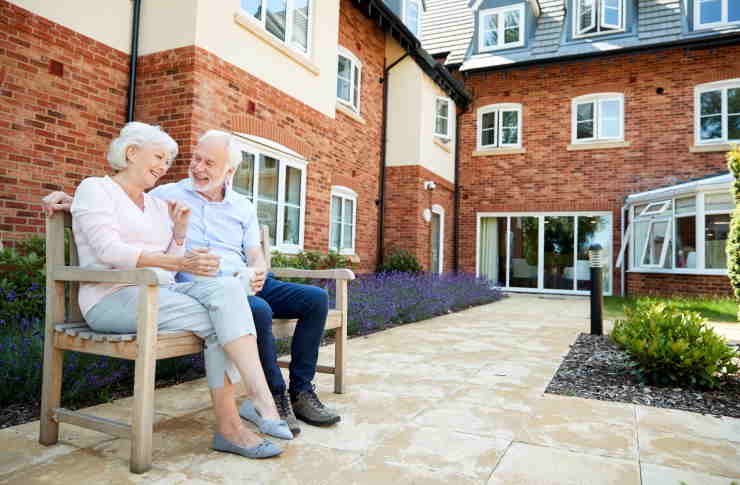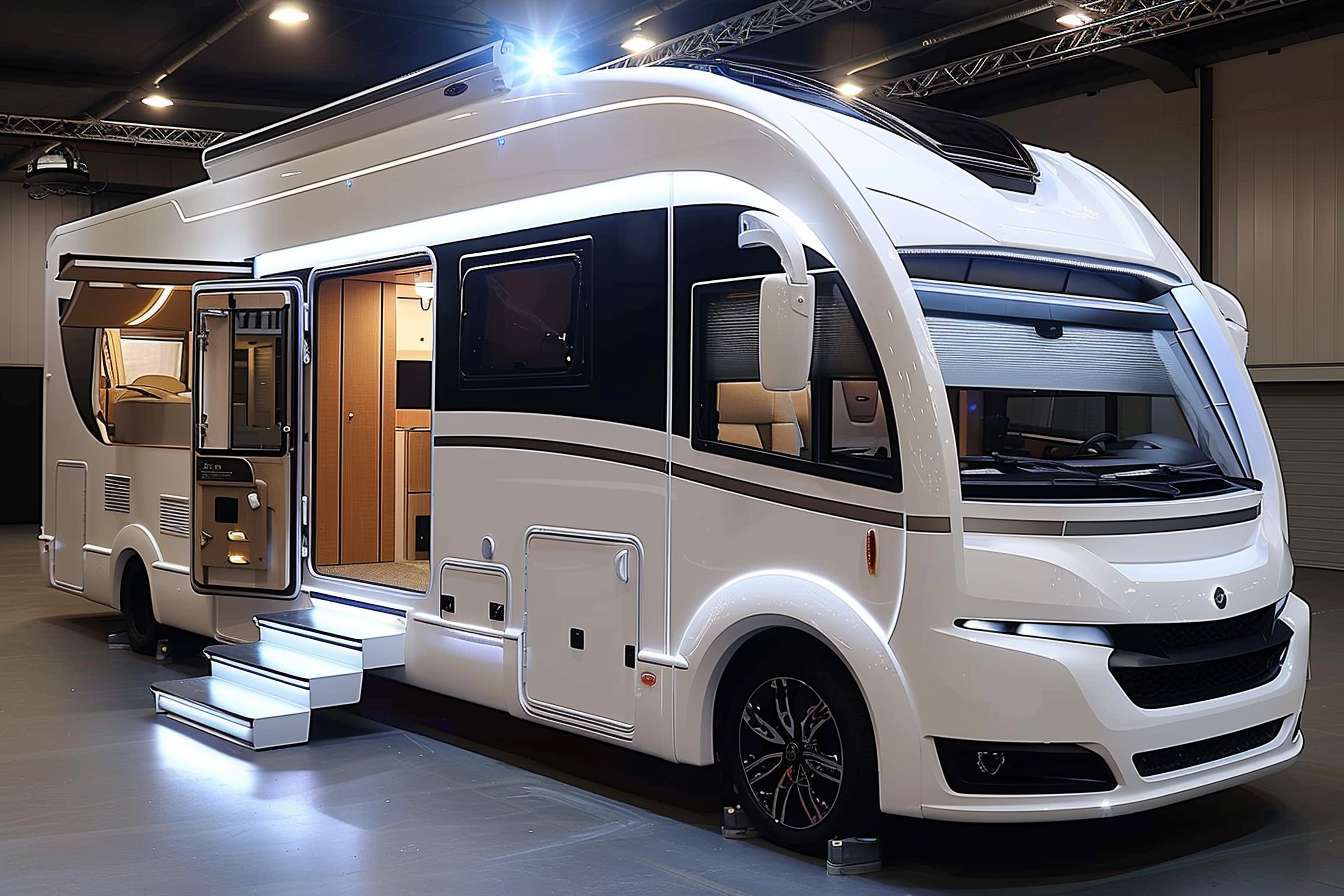Affordable Prefab Senior Bungalows in Australia
Australia's ageing population is driving significant changes in the housing market, with prefabricated senior bungalows emerging as a practical solution for accessible and affordable accommodation. These purpose-built homes combine modern manufacturing techniques with thoughtful design to address the unique needs of older Australians, offering independence while providing the safety and comfort features essential for ageing in place.

The Rise of Affordable Prefab Senior Bungalows in Australia
The prefabricated housing sector has experienced remarkable growth across Australia, particularly in the senior living segment. This expansion reflects both demographic pressures and technological advances that have made factory-built homes more attractive to older buyers. Unlike traditional construction methods, prefab bungalows can be manufactured in controlled environments, reducing weather delays and ensuring consistent quality standards.
Australian manufacturers have increasingly focused on creating homes specifically designed for seniors, incorporating universal design principles from the outset. This approach contrasts with retrofit solutions, offering better integration of accessibility features while maintaining aesthetic appeal. The controlled manufacturing process also allows for greater precision in installing safety features and accessibility modifications that might be challenging to implement in traditional on-site construction.
Innovative Design for Accessibility and Affordability
Modern prefab senior bungalows incorporate numerous design innovations that balance cost-effectiveness with accessibility requirements. Single-level layouts eliminate the need for stairs, while wider doorways and hallways accommodate mobility aids. Open-plan designs reduce construction complexity while creating more navigable living spaces for residents with mobility challenges.
Manufacturers have developed modular systems that allow customisation without significantly increasing costs. Standard modules can be combined in various configurations to suit different lot sizes and personal preferences, while maintaining economies of scale in production. This flexibility extends to interior features, where options like grab bars, walk-in showers, and accessible kitchen configurations can be selected based on individual needs and budgets.
Key Features of Accessible Prefab Bungalows
Contemporary prefab senior bungalows typically include several standard accessibility features that distinguish them from general housing stock. Level entrances eliminate steps and thresholds that can pose mobility challenges, while reinforced bathroom walls provide secure mounting points for safety equipment. Kitchen designs often feature adjustable-height countertops and accessible storage solutions.
Electrical systems in these homes frequently include enhanced lighting levels and strategically placed switches to improve visibility and reduce fall risks. Emergency response systems can be pre-wired during manufacture, making installation of monitoring equipment more straightforward. Many designs also incorporate covered outdoor areas that extend usable living space while providing weather protection.
Sustainability and Community Integration
Environmental considerations play an increasingly important role in prefab senior housing design. Factory construction methods typically generate less waste than traditional building approaches, while controlled manufacturing environments enable more precise material usage. Many Australian manufacturers now incorporate sustainable materials and energy-efficient systems as standard features rather than optional upgrades.
Community integration aspects are often built into prefab senior housing developments, with designs that encourage social interaction while respecting privacy needs. Shared facilities like community gardens or meeting spaces can be incorporated into development plans, fostering neighbourhood connections that support healthy ageing. Some manufacturers work with developers to create age-friendly communities that combine individual bungalows with communal amenities.
Tailored Solutions for Australian Seniors
Australian prefab manufacturers increasingly offer personalisation options that address specific regional and individual requirements. Climate considerations vary significantly across the continent, with designs adapted for tropical conditions in northern regions and different requirements for temperate southern areas. Bushfire-resistant construction techniques and materials selection reflect local environmental risks.
Cultural preferences also influence design choices, with many manufacturers offering traditional Australian architectural elements in their prefab designs. Verandahs, high ceilings, and natural material finishes help these homes blend with existing neighbourhood character while providing modern functionality and accessibility features.
| Provider | Home Size | Standard Features | Price Range (AUD) |
|---|---|---|---|
| Aurora Building Systems | 2-3 bedroom | Walk-in shower, level access, reinforced walls | $180,000 - $280,000 |
| Modscape | 1-2 bedroom | Universal design, energy efficient, customisable | $200,000 - $320,000 |
| Eco Sustainable Homes | 2-3 bedroom | Solar ready, accessible bathrooms, wide doorways | $160,000 - $250,000 |
| Kit Homes Australia | 1-3 bedroom | Basic accessibility package, covered entry | $120,000 - $220,000 |
Prices, rates, or cost estimates mentioned in this article are based on the latest available information but may change over time. Independent research is advised before making financial decisions.
The prefabricated senior bungalow market in Australia continues evolving as manufacturers refine their offerings and new players enter the sector. Government initiatives supporting accessible housing and ageing in place policies may further influence development in this market segment. As manufacturing techniques advance and economies of scale improve, these homes are likely to become an increasingly viable option for Australian seniors seeking independence, accessibility, and affordability in their housing choices.




